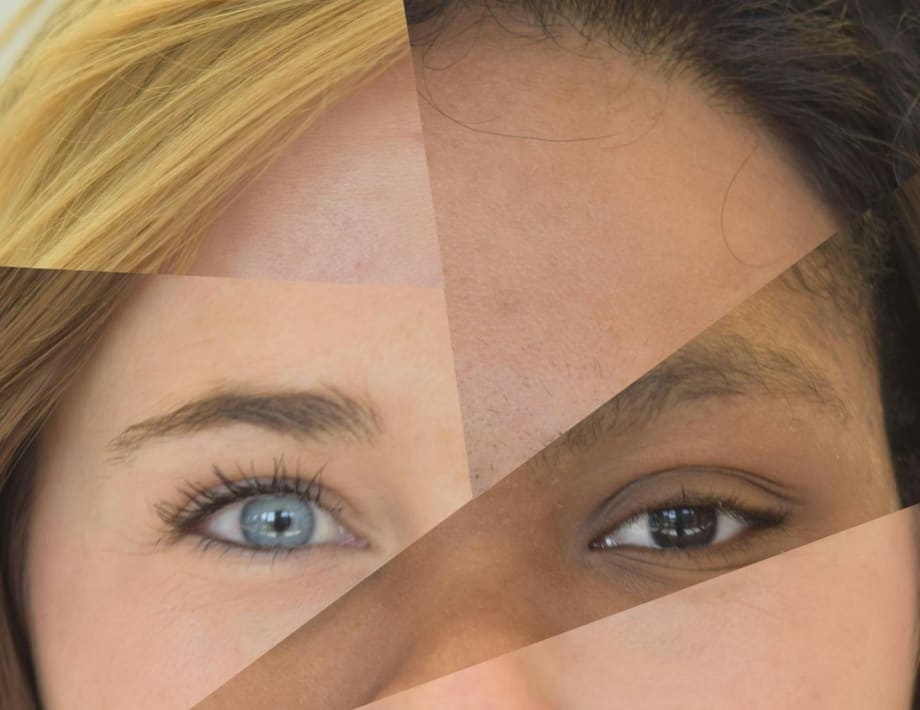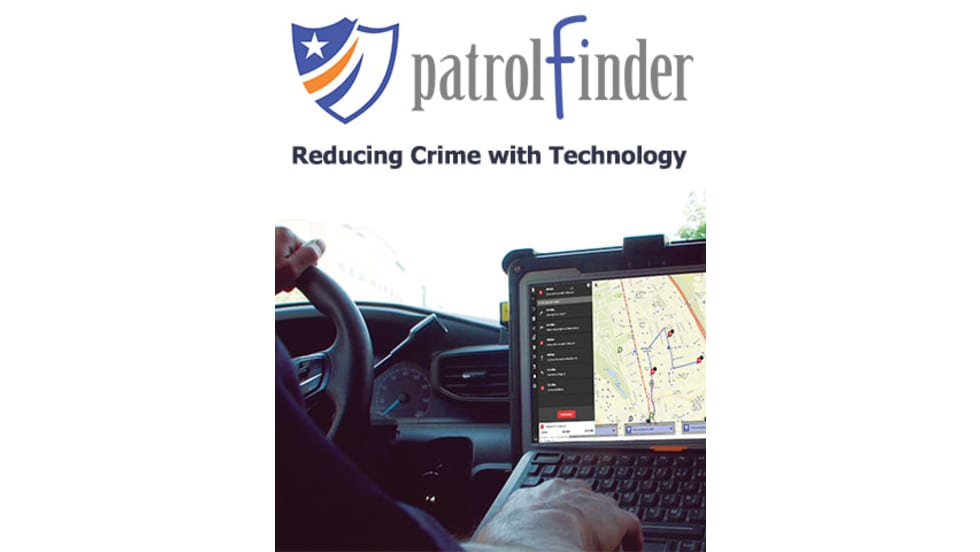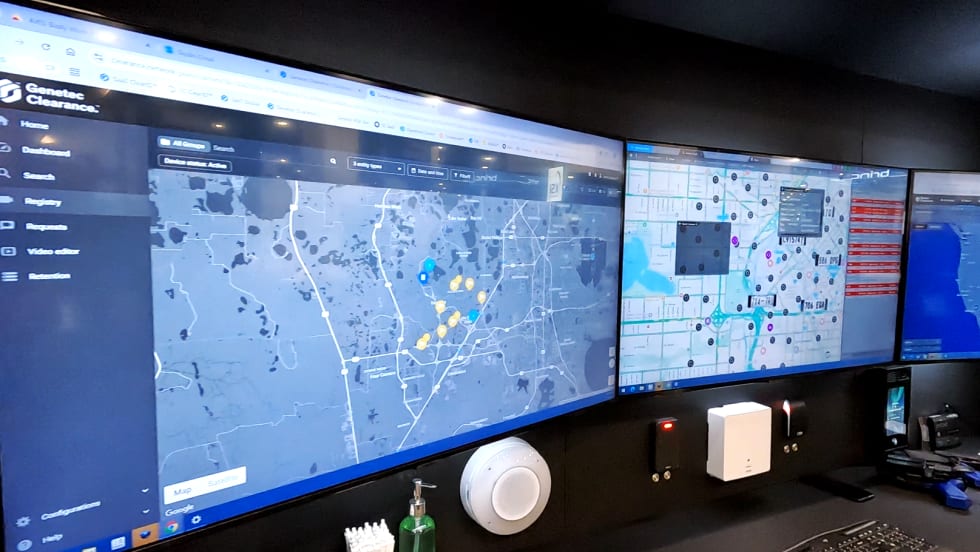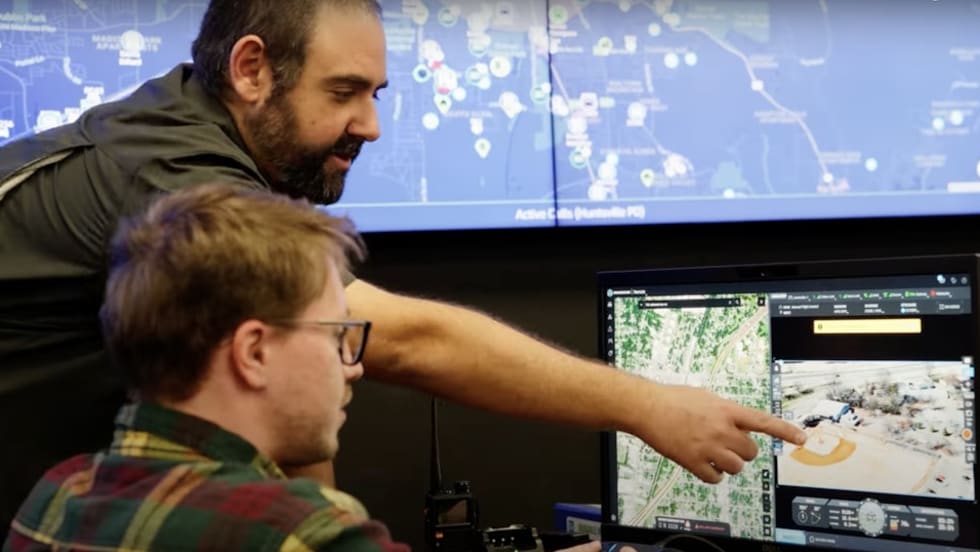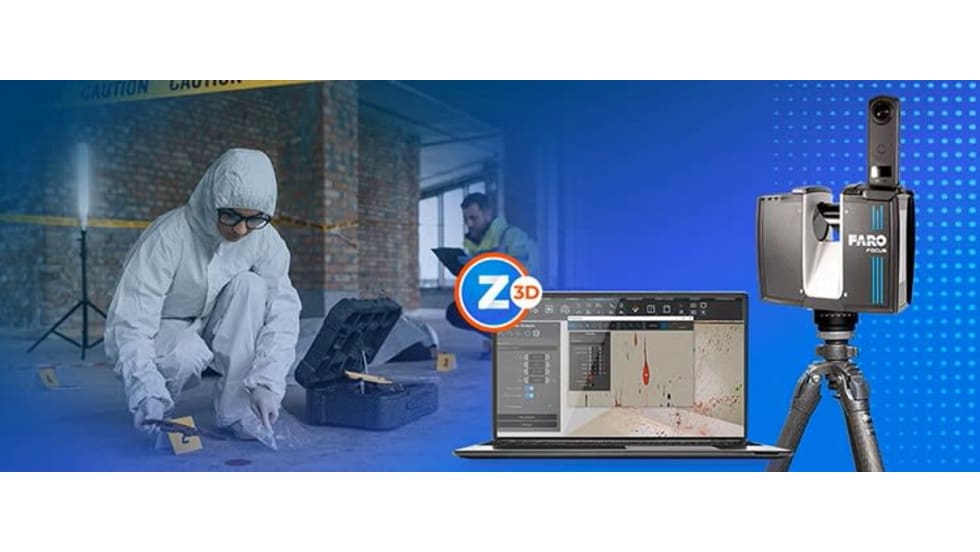An international team, led by scientists from the School of Science at Indiana University-Purdue University Indianapolis (IUPUI) and Erasmus MC University Medical Center Rotterdam in the Netherlands, has developed a novel tool to accurately predict eye, hair, and skin color from human biological material -- even a small DNA sample -- left, for example, at a crime scene or obtained from archeological remains. This all-in-one pigmentation profile tool provides a physical description of the person in a way that has not previously been possible by generating all three pigment traits together using a freely available webtool.
The tool is designed to be used when standard forensic DNA profiling is not helpful because no reference DNA exists against which to compare the evidence sample.


